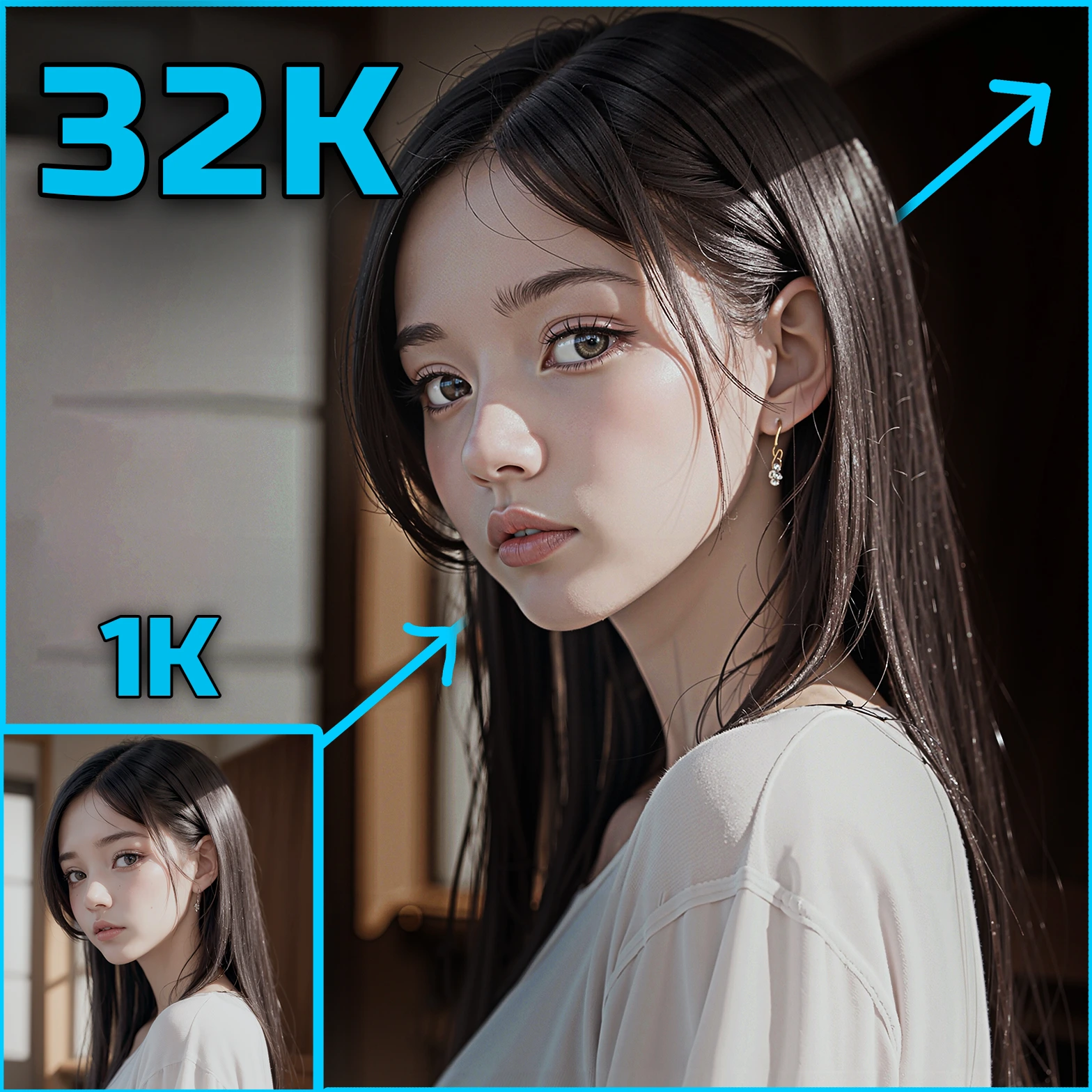ComfyUI Node: CogVideoXFun Vid2Vid Sampler
CogVideoXFunVid2VidSampler
CategoryCogVideoWrapper
kijai (Account age: 2467days) Extension
ComfyUI CogVideoX Wrapper Latest Updated
2025-02-17 Github Stars
1.46K
How to Install ComfyUI CogVideoX Wrapper
Install this extension via the ComfyUI Manager by searching for ComfyUI CogVideoX Wrapper- 1. Click the Manager button in the main menu
- 2. Select Custom Nodes Manager button
- 3. Enter ComfyUI CogVideoX Wrapper in the search bar
Visit ComfyUI Online for ready-to-use ComfyUI environment
- Free trial available
- 16GB VRAM to 80GB VRAM GPU machines
- 400+ preloaded models/nodes
- Freedom to upload custom models/nodes
- 200+ ready-to-run workflows
- 100% private workspace with up to 200GB storage
- Dedicated Support
CogVideoXFun Vid2Vid Sampler Description
Specialized node for video-to-video transformations using advanced AI models within the CogVideoX framework.
CogVideoXFun Vid2Vid Sampler:
The CogVideoXFunVid2VidSampler is a specialized node designed to facilitate video-to-video transformations using advanced AI models. This node leverages the capabilities of the CogVideoX framework to enable seamless and high-quality video sampling, ensuring that the output video maintains the desired aesthetic and technical qualities. It is particularly beneficial for AI artists looking to apply consistent transformations across video frames, such as style transfer, enhancement, or other creative effects. The node ensures that the transformations are applied efficiently and effectively, making it a valuable tool for video editing and creative projects.
CogVideoXFun Vid2Vid Sampler Input Parameters:
device
This parameter specifies the device on which the model will run. It can be set to either a CPU or a GPU, depending on the available hardware. Using a GPU can significantly speed up the processing time, especially for large or complex videos.
offload_device
This parameter determines the device used for offloading parts of the model to manage memory usage more effectively. It helps in optimizing the performance by balancing the load between different devices.
pipe
This parameter refers to the pipeline object that contains the model and its configurations. It is essential for setting up the video transformation process and ensuring that all necessary components are correctly initialized.
dtype
This parameter specifies the data type used for the model's computations. Common options include float32 and float16, with the latter often used to reduce memory usage and increase processing speed.
base_path
This parameter indicates the base path where the model files are located. It is crucial for loading the correct model and its associated resources. The path must include "Fun" to ensure compatibility with the CogVideoXFunVid2VidSampler.
scheduler_config
This parameter contains the configuration settings for the noise scheduler used in the sampling process. It helps in controlling the noise levels and ensuring smooth transitions between video frames.
seed
This parameter sets the random seed for the generator, ensuring reproducibility of the results. By using the same seed, you can achieve consistent outputs across different runs.
start_img
This parameter allows you to specify the starting image(s) for the video transformation. It can be a single image or a list of images, providing a reference point for the transformation process.
end_img
This parameter allows you to specify the ending image(s) for the video transformation. Similar to start_img, it can be a single image or a list of images, guiding the final appearance of the transformed video.
validation_video
This parameter is used to provide a validation video for assessing the quality of the transformation. It helps in fine-tuning the model and ensuring that the output meets the desired standards.
CogVideoXFun Vid2Vid Sampler Output Parameters:
transformed_video
This parameter contains the final transformed video after applying the specified transformations. It is the primary output of the node, representing the result of the video-to-video sampling process.
log
This parameter provides a log of the transformation process, including details about the configurations used, any warnings or errors encountered, and other relevant information. It is useful for debugging and understanding the behavior of the node.
CogVideoXFun Vid2Vid Sampler Usage Tips:
- Ensure that your
base_pathincludes "Fun" to avoid compatibility issues with theCogVideoXFunVid2VidSampler. - Use a GPU for the
deviceparameter to significantly speed up the processing time, especially for high-resolution videos. - Set a specific
seedvalue to achieve consistent and reproducible results across different runs. - Provide a
validation_videoto fine-tune the model and ensure the quality of the transformed video.
CogVideoXFun Vid2Vid Sampler Common Errors and Solutions:
'Unfun' models not supported in 'CogVideoXFunSampler', use the 'CogVideoSampler'
- Explanation: This error occurs when the
base_pathdoes not include "Fun", indicating that an incompatible model is being used. - Solution: Ensure that the
base_pathincludes "Fun" to use the correct model with theCogVideoXFunVid2VidSampler.
Unknown scheduler: <scheduler>
- Explanation: This error indicates that the specified scheduler is not recognized or supported by the node.
- Solution: Verify the
schedulerparameter and ensure it matches one of the supported schedulers listed in thescheduler_mapping.
Model offloading failed
- Explanation: This error occurs when the model cannot be offloaded to the specified
offload_device. - Solution: Check the
offload_deviceparameter and ensure it is correctly set to a valid device. Additionally, verify that there is enough memory available on the device.
Invalid start or end image
- Explanation: This error indicates that the provided
start_imgorend_imgis not valid or cannot be processed. - Solution: Ensure that the
start_imgandend_imgparameters are correctly set to valid image files or lists of images. Verify the file paths and formats.
CogVideoXFun Vid2Vid Sampler Related Nodes
RunComfy is the premier ComfyUI platform, offering ComfyUI online environment and services, along with ComfyUI workflows featuring stunning visuals. RunComfy also provides AI Models, enabling artists to harness the latest AI tools to create incredible art.


